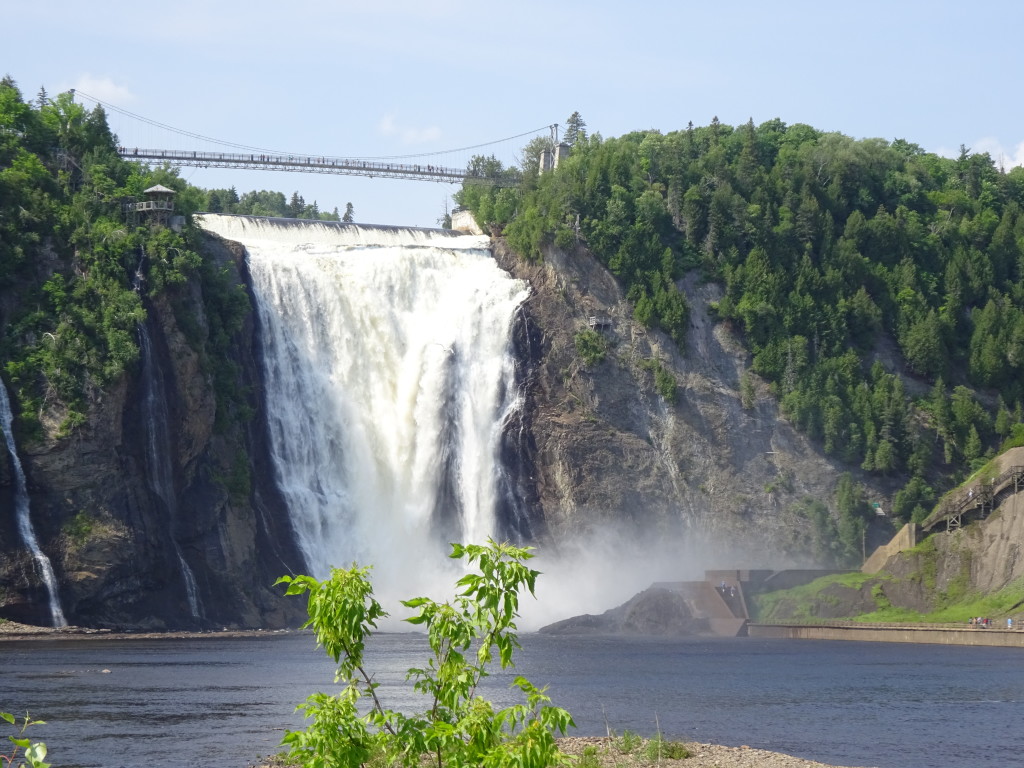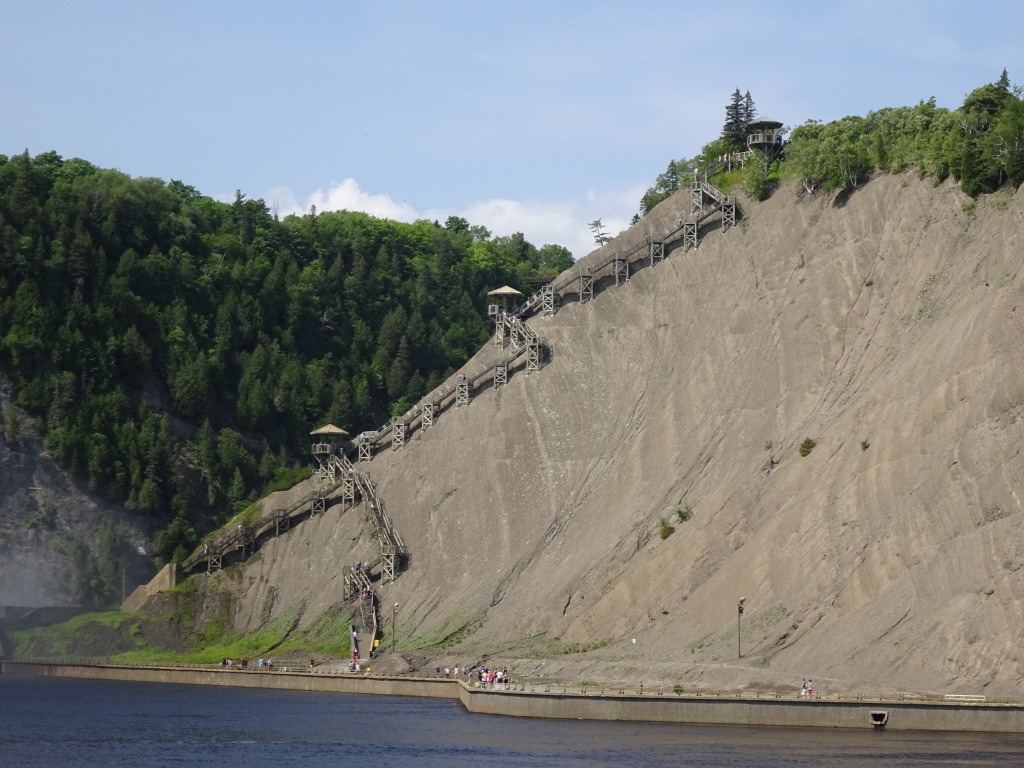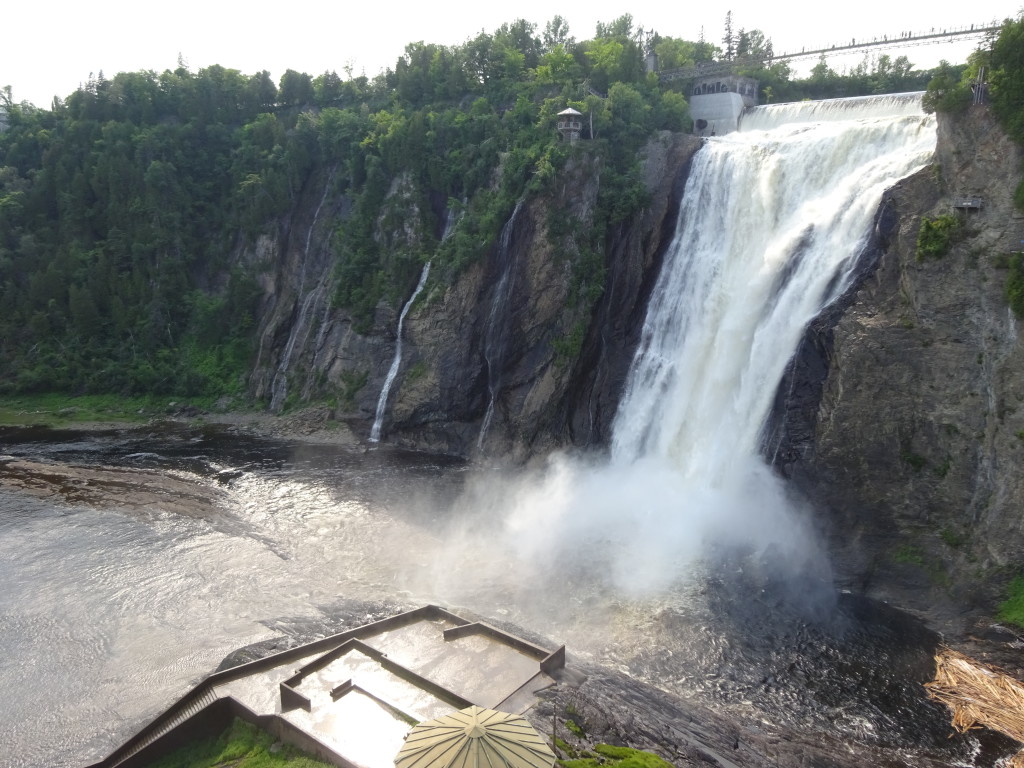Ed Bearss has been on this Earth for over 92 years, and last week was my first time ever seeing him. I know, I’m not proud of that fact. My only excuse is that my interests are focused on Abraham Lincoln and Ed focuses on the broader Civil War. But this past week I realized what I had been missing.
Ed was the featured speaker at the Bull Run Civil War Round Table (BRCWRT), a group that has been around since 1991 and based in the vicinity of the first major battle of the Civil War. I joined the meeting in part for the chance to hear Ed speak, and in part as a representative of the Lincoln Group of the District of Columbia (LGDC), of which I am Vice President for Outreach and Education.
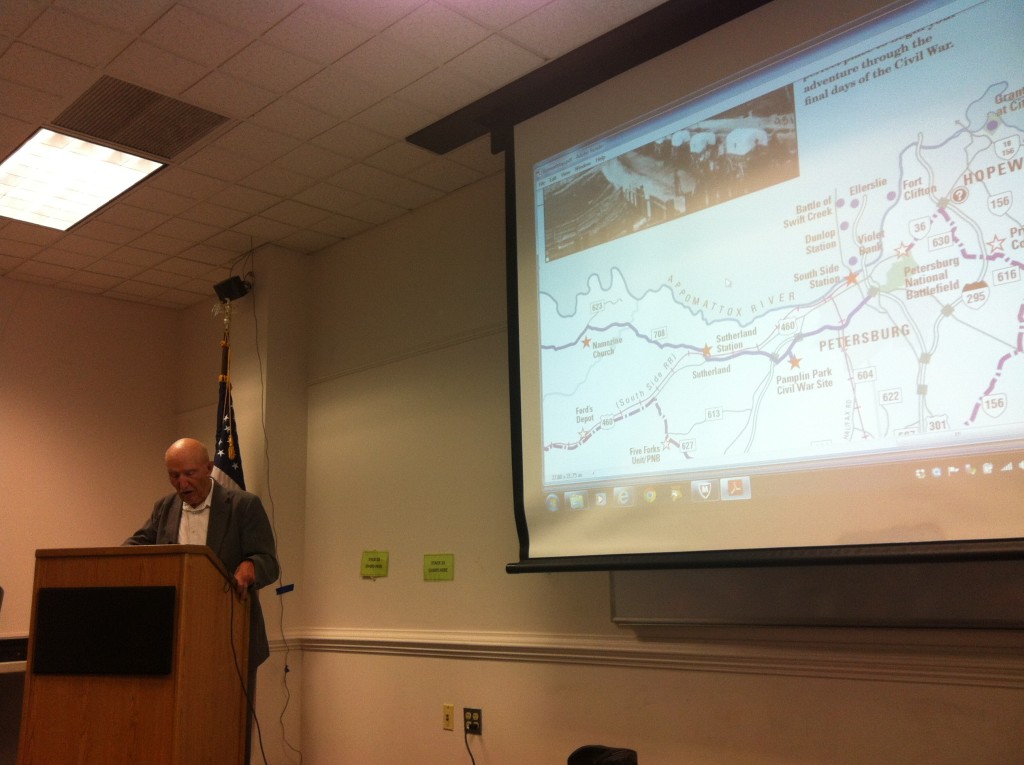
Upon arrival I introduced myself to BRCWRT President Mark Trbovich and was able to chat with several other members, including official “Ace Photographer” Janet Greentree. The turnout was impressive, overflowing the Centerville Library meeting room. Mark told me that they routinely get 80-100 people at these monthly lectures, but with Ed Bearss speaking the room was clearly over its 122-seat capacity.
It was easy to see why. After all these years of leading Civil War tours around our nation’s capital, Ed can still belt out a lively, animated, and entertaining talk. His knowledge of the Civil War and its battles is unmatched, and he rattled off dates, Generals, Colonels, Divisions, Regiments, and locations like he was reading from a script – except he did his entire 1-hour talk with no notes, no PowerPoints. The sole prompt on the screen was a map of the region and he walked us around it one by one, following each skirmish, each General – North and South – through the last days of Robert E. Lee’s retreat from Petersburg and ultimate surrender to Ulysses S. Grant at Appomattox Courthouse.
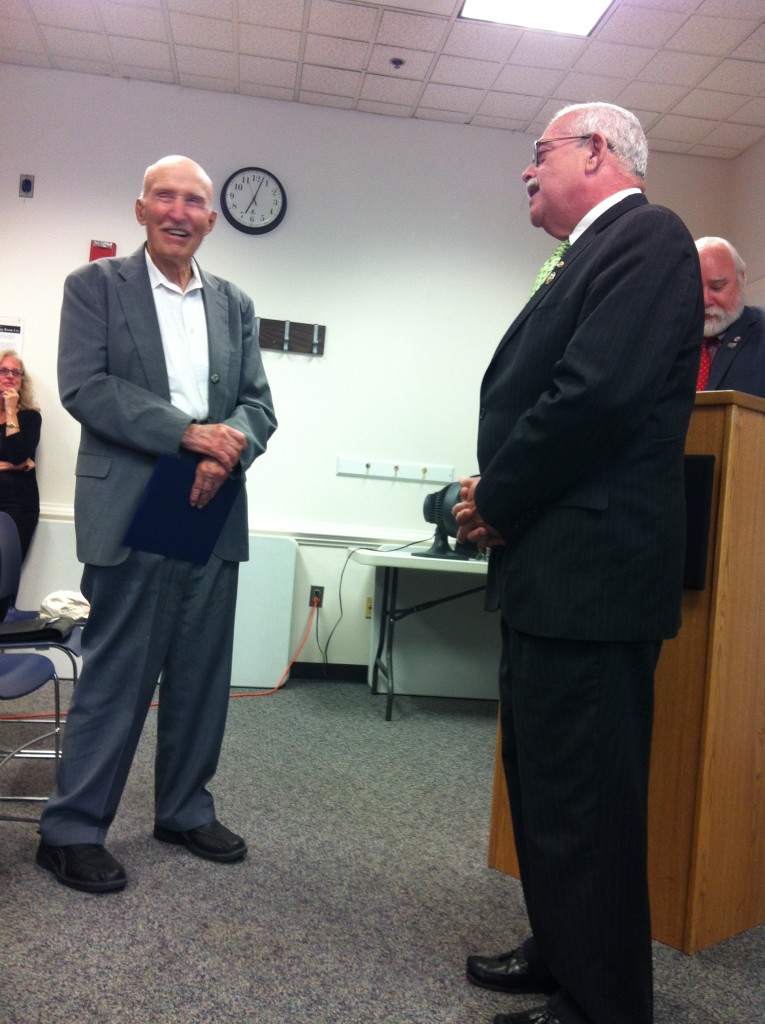
Ed was impressive, and I’m so glad to finally have this chance to see him in person. It turns out it was a good night all around. Just prior to beginning his talk, Ed received a certificate from Congressman Gerry Connolly noting that he had entered a resolution to give Ed the Congressional Gold Medal, which is awarded to persons “who have performed an achievement that has an impact on American history and culture that is likely to be recognized as a major achievement in the recipient’s field long after the achievement.”
Ed certainly deserves it. So far the bill has 107 co-sponsors and thousands of write-in supporters, including Ken Burns, whom Ed worked with in the production of Burns’s epic mini-series, The Civil War. I was proud to add my name to the list of supporters.
I’m looking forward to the next BRCWRT. Meanwhile, the Lincoln Group of DC is also gearing up for its monthly dinner meetings. On September 15th, Michael A. Ross will talk about “Lincoln and Johnson: The Struggle to Reunite the Nation.” On October 3rd we have our annual picnic and bus tour; this year we follow “Lincoln’s Final Footsteps” at City Point and Petersburg.” More information on both can be found on the Lincoln Group of DC website and Facebook page.
David J. Kent has been a scientist for over thirty years, is an avid science traveler, and an independent Abraham Lincoln historian. He is the author of Tesla: The Wizard of Electricity and the e-book Nikola Tesla: Renewable Energy Ahead of Its Time. He is currently writing a book on Thomas Edison.
Follow me by subscribing by email on the home page. And feel free to “Like” myFacebook author’s page and connect on LinkedIn. Share with your friends using the buttons below.



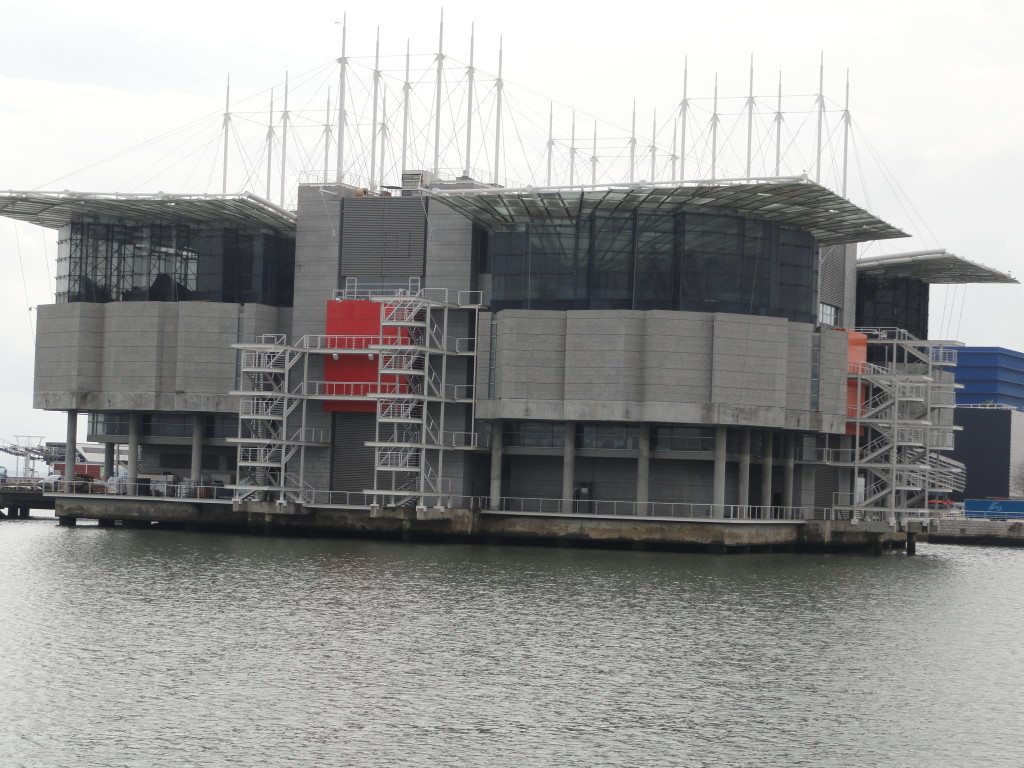

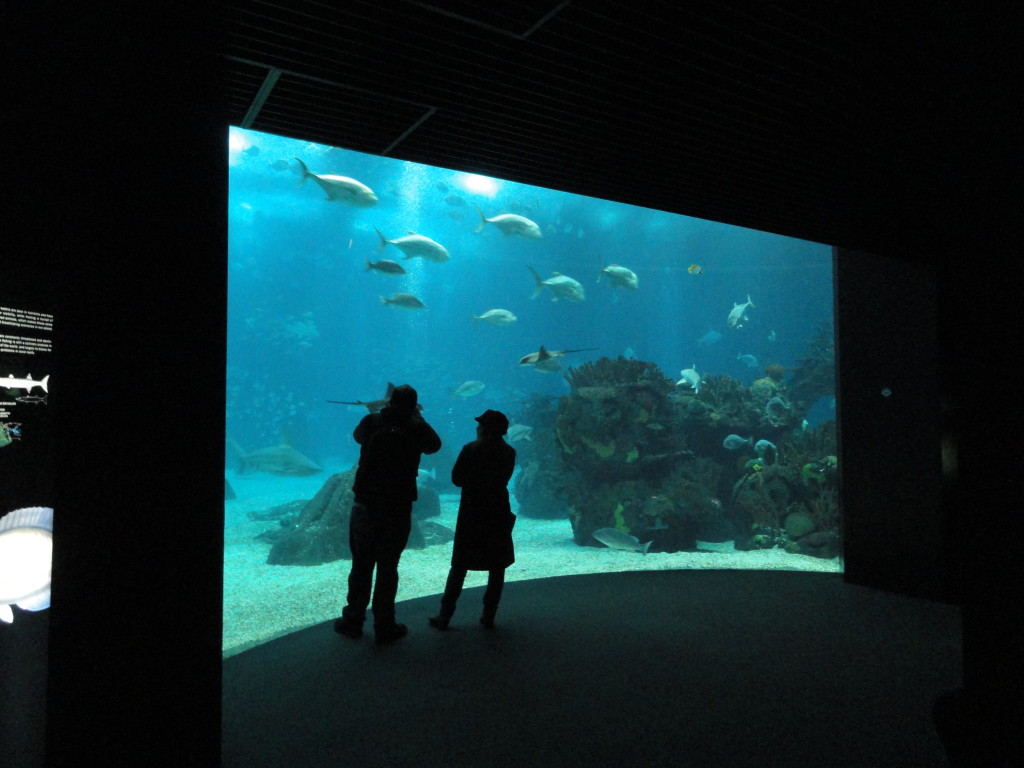
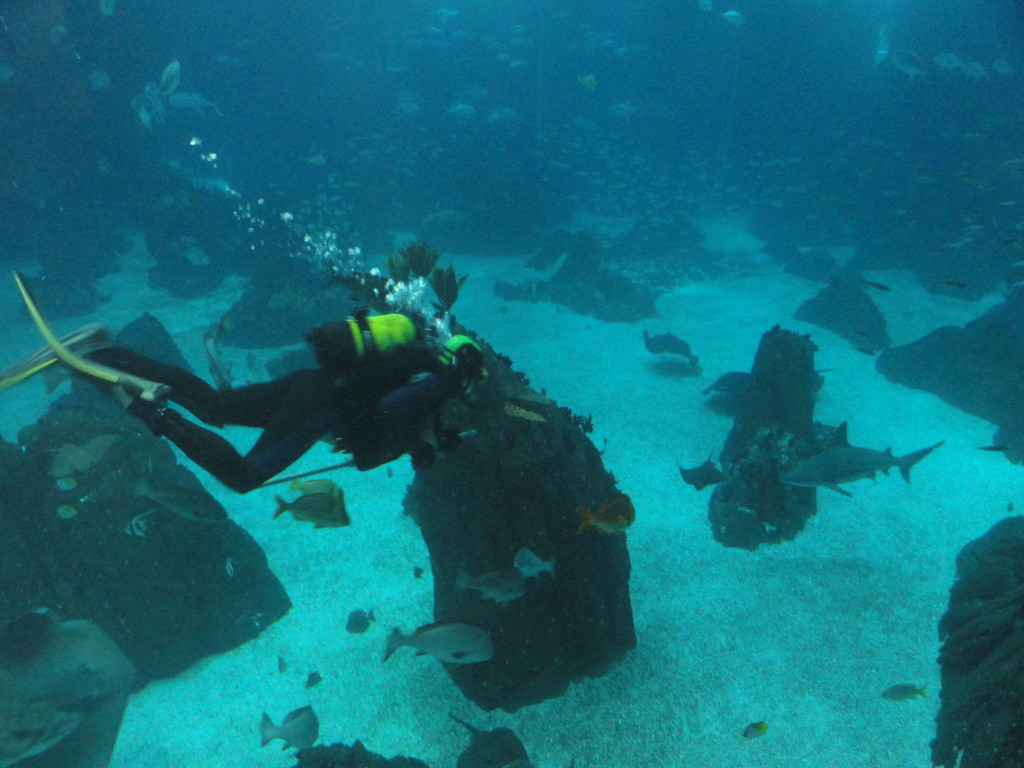


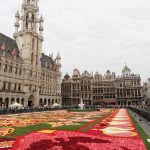 Thud.
Thud. Recently there has been a sudden surge in support for passing bills in both the House and Senate to modernize the four-decade-old Toxic Substances Control Act, i.e., TSCA. This post will explain why this is happening, why TSCA Reform can pass now, and why it should pass – even though it likely will do nothing substantial to make us safer.
Recently there has been a sudden surge in support for passing bills in both the House and Senate to modernize the four-decade-old Toxic Substances Control Act, i.e., TSCA. This post will explain why this is happening, why TSCA Reform can pass now, and why it should pass – even though it likely will do nothing substantial to make us safer.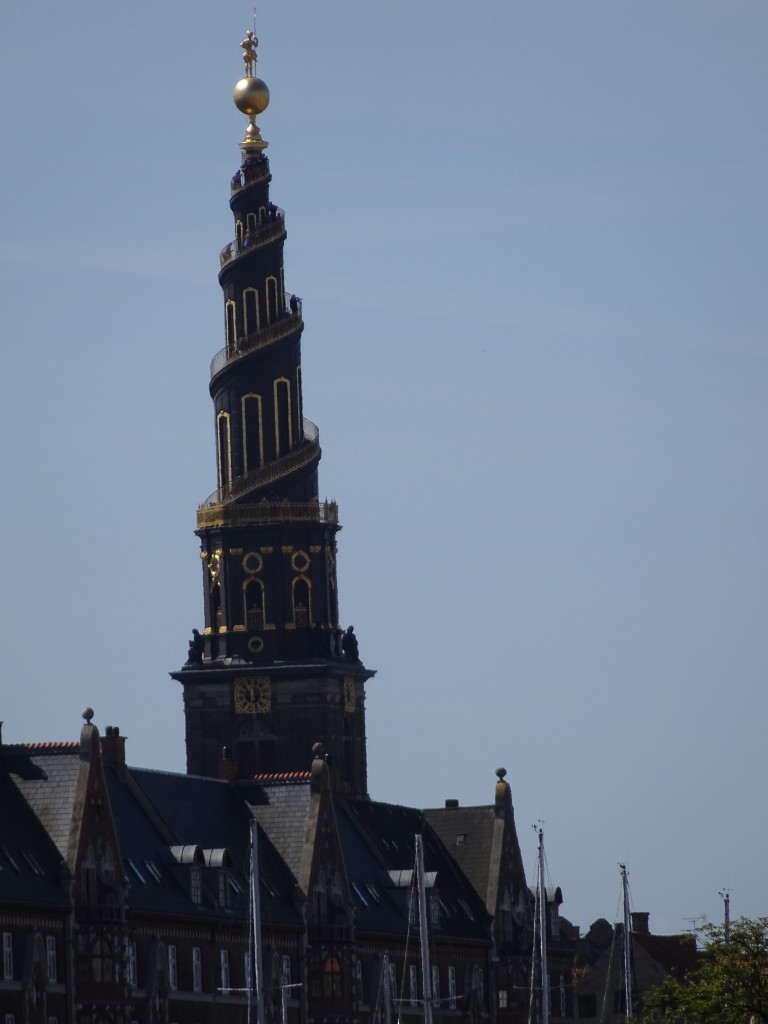
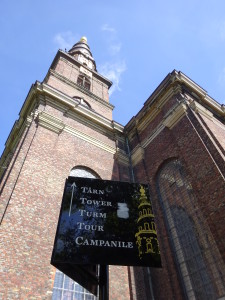
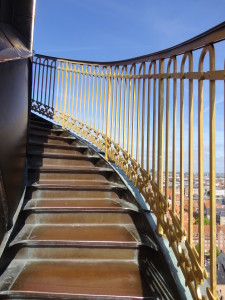
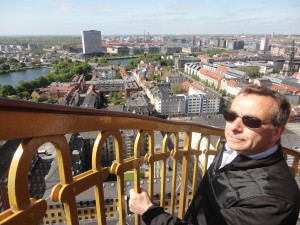
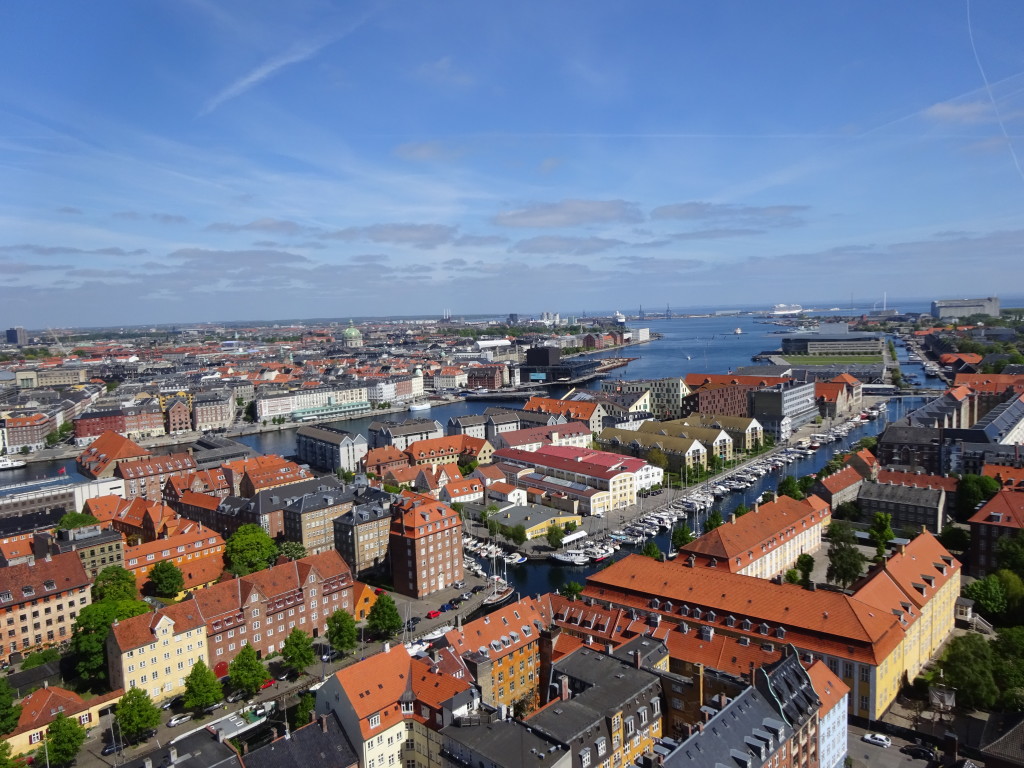

 The signal is given and you sit down across the table from your chosen target, the first of several you will try to impress with your talents, poise, and intellect. You have three minutes to amaze. Actually, it is more like a minute and a half to make your spiel and you either connect, or you do not. By one minute you are desperately looking for signs of interest – a
The signal is given and you sit down across the table from your chosen target, the first of several you will try to impress with your talents, poise, and intellect. You have three minutes to amaze. Actually, it is more like a minute and a half to make your spiel and you either connect, or you do not. By one minute you are desperately looking for signs of interest – a 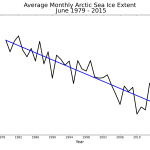 We’ve talked about several of the tactics used by climate deniers to intentionally mislead the public. This past week provided a prime example of one tactic – intentionally lying about what a study says. Let’s take a closer look at how this works.
We’ve talked about several of the tactics used by climate deniers to intentionally mislead the public. This past week provided a prime example of one tactic – intentionally lying about what a study says. Let’s take a closer look at how this works.